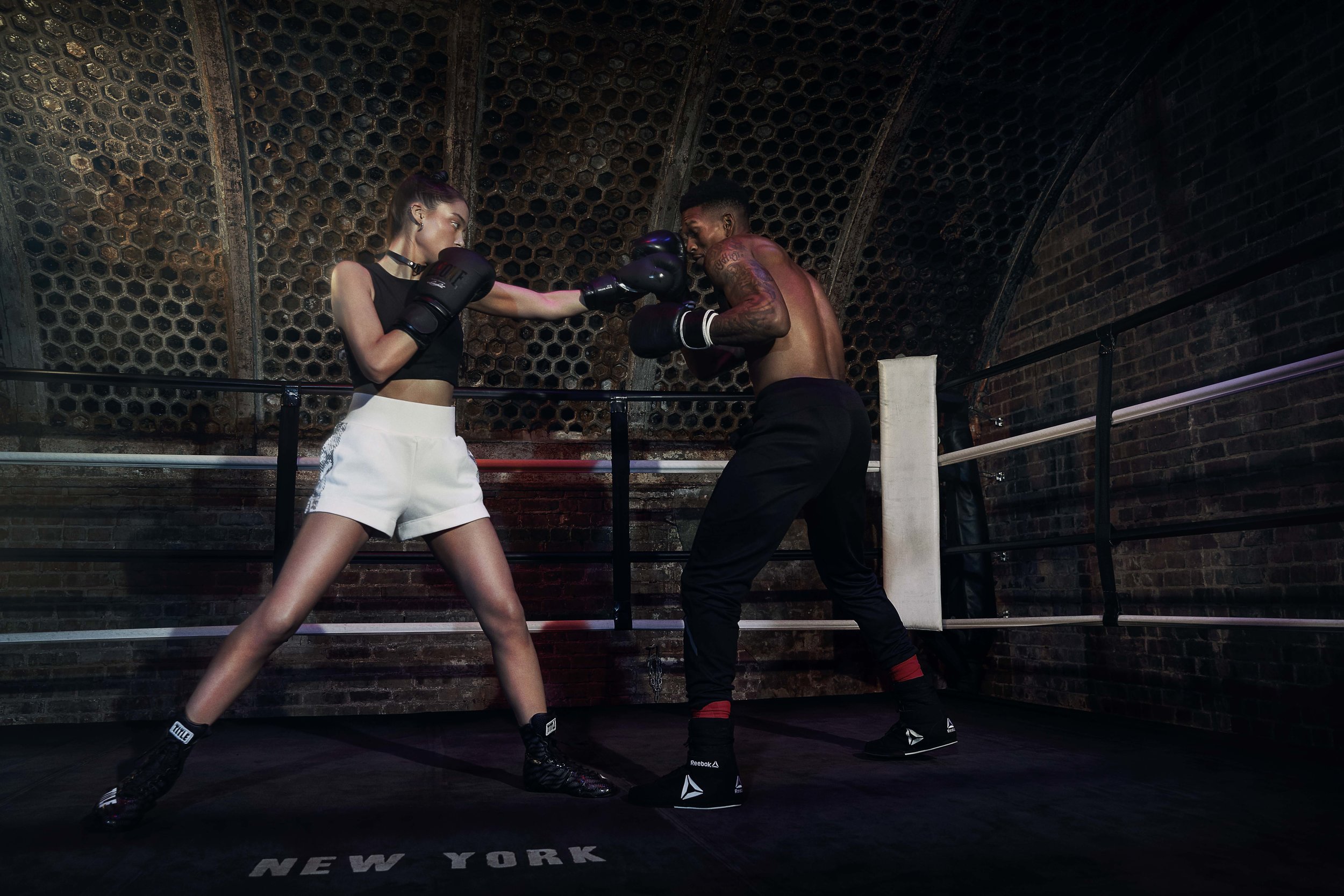One of the greatest obstacles that artists face in their quest to surpass mediocrity is becoming too attached to their previous creations. This attachment, combined with a sense of arrogance that they have reached the pinnacle of their abilities, can hinder future progress. I continuously strive to refine my craft and remain vigilant in my pursuit of artistic growth. Rarely do I maintain a lasting infatuation with my creative output beyond three months. Instead, I view these works as ordinary and lacking inspiration. Interestingly, the moments when I do sustain unwavering adoration for my creations beyond this timeframe coincide with periods of stagnation, where my artistic progress reaches a disconcerting plateau.
In the early stages of my career, I engaged in a competitive rivalry with fellow photographers. However, I gradually realized that healthy competition has its limitations because I am not them. Our perspectives, perceptions, and affinities diverge significantly. Still, I recognized the essential role of competition as a catalyst for personal growth. Consequently, I redirected my competitive spirit inward, aspiring to surpass the achievements of my previous artistic endeavors. Each passing week demands superior work compared to the preceding one, and every present moment calls for a photograph of greater quality than the one captured just moments ago. This perpetual pursuit of improvement embodies the essence of my creative ambition.
What defines a truly exceptional photograph? Is it the interplay of light and shadows? The careful arrangement of elements? Perhaps it lies in the subject's renown or the meticulous craftsmanship behind its production. While I acknowledge the significance of these factors, I contend that the true measure of a remarkable photograph lies in its ability to evoke profound emotional responses within its audience, regardless of the specific sentiment it elicits. It is this intangible connection, the power to stir something deep within the viewer's soul, that distinguishes a photograph as truly remarkable, surpassing mere technical prowess or aesthetic considerations.
Thus, I assert that the paramount attribute for a photographer is their capacity to establish a profound connection with their subject matter, whether it be living entities or inanimate objects. However, I ponder whether my reliance on a muse is necessary to fulfill my role as an artist. It is when I have a muse that my artistic endeavors flourish, yielding superior work. Conversely, in the absence of such inspiration, my progress reaches a disconcerting plateau.
In my personal experience, a muse has consistently taken the form of a woman, and more recently, even my three dogs at times. The reasons behind this choice are a discussion for another occasion. However, it is important to acknowledge that a muse can manifest differently for each individual. For someone else, it might be the expanse of the sky, a weathered stone, a man, or an elderly figure—anything capable of bestowing a perpetual wellspring of inspiration. I ponder whether it is conceivable for an artist to create art devoid of the nourishing influence of a muse, transcending the need for external inspiration.
Some may contend that depending on a muse is indicative of frailty or a dearth of creativity, yet I maintain that it is quite the contrary. The existence of a muse does not diminish the artist's capacity to generate and pioneer; rather, it amplifies their artistic vision and propels their work to unprecedented levels of grandeur.


